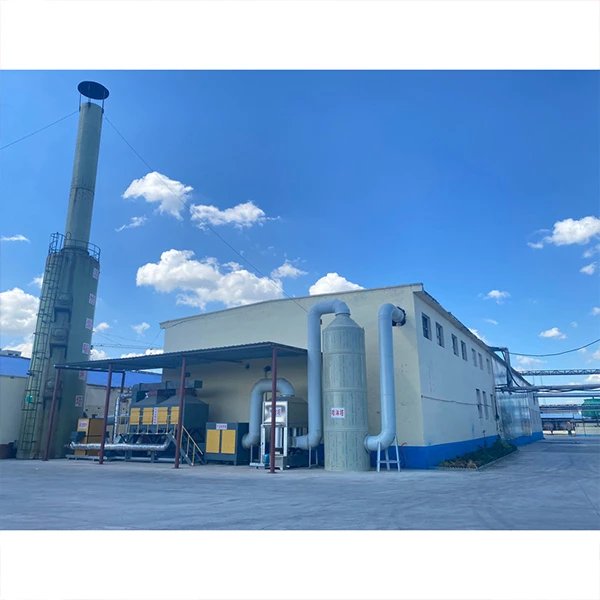The Role of Adhesive Mortar in Modern Construction
Adhesive mortar has become an essential component in contemporary construction practices, particularly in the installation of tiles, stones, and other materials. Its significance stems from its ability to bond surfaces securely, ensuring durability and longevity in various applications. This article explores the composition, advantages, and uses of adhesive mortar in construction.
Composition of Adhesive Mortar
Adhesive mortar is typically made from a combination of cement, fine aggregates, polymers, and additives. The inclusion of polymers enhances the adhesive properties, providing improved flexibility and bonding strength compared to traditional mortar mixes. These materials are engineered to create a strong bond that can withstand environmental stresses such as humidity, temperature fluctuations, and mechanical impacts.
The formulation of adhesive mortar can vary significantly depending on specific applications. For instance, thin-set mortars are designed for tile installations, while thicker bed mortars are used for stone and heavy tile applications. The versatility in formulation allows builders and contractors to choose the most suitable product for their projects, ensuring optimal performance.
Advantages of Adhesive Mortar
One of the most significant advantages of adhesive mortar is its superior bonding capability. Unlike traditional cement mortars, adhesive mortars can securely hold tiles and stones in place, reducing the risk of loosening or damage over time. This enhanced bond is particularly beneficial in flooring applications, where movement and stresses are common.
adhesive mortar

Another notable advantage is the flexibility offered by adhesive mortars. The polymer-modified formulations provide greater elasticity, which is crucial in mitigating issues related to thermal expansion and contraction. Buildings and materials expand and contract with temperature changes, and the flexibility of adhesive mortar helps absorb these movements, thus preventing cracking and failure of the bonded materials.
Additionally, adhesive mortars are often easier to work with compared to traditional versions. They typically require less preparation and can be applied in thinner layers, streamlining the installation process. This efficiency can lead to reduced labor costs and shorter project timelines, making it a favored choice among construction professionals.
Applications in Construction
Adhesive mortar is widely used in various construction applications. Its primary use is in the installation of ceramic and porcelain tiles in residential and commercial spaces. The ability to provide a strong and lasting bond makes it indispensable in kitchens, bathrooms, and flooring projects where moisture resistance is critical.
Moreover, adhesive mortar is increasingly used in façade systems, especially for adhering natural stone and cultivated stone in exterior applications. This trend is fueled by the demand for aesthetically pleasing buildings that require minimal maintenance while enduring harsh weather conditions.
In conclusion, adhesive mortar plays a vital role in modern construction, offering exceptional bonding properties, flexibility, and ease of use. As the industry continues to evolve, the reliance on advanced mortar solutions will likely grow, providing builders with the tools necessary to meet the demands of contemporary architecture and design. Understanding the benefits and applications of adhesive mortar is crucial for anyone involved in construction, ensuring that projects are executed with the highest standards of quality and durability.
-
Rdp Powder: Key Considerations for Wholesalers in the Building Materials IndustryNewsJul.08,2025
-
Key Considerations for Wholesalers: Navigating the World of Hpmc - Based ProductsNewsJul.08,2025
-
Hpmc Detergent: Key Considerations for WholesalersNewsJul.08,2025
-
Key Considerations for Wholesalers: China Hpmc For Tile Adhesive, Coating Additives, Concrete Additives, and MoreNewsJul.08,2025
-
Crucial Considerations for Wholesalers: Navigating the World of Construction MaterialsNewsJul.08,2025
-
Key Considerations for Wholesalers Sourcing Additive For Cement, Additive For Concrete, Additive For Putty from Additive Manufacturer Shijiazhuang Gaocheng District Yongfeng Cellulose Co., Ltd.NewsJul.08,2025




